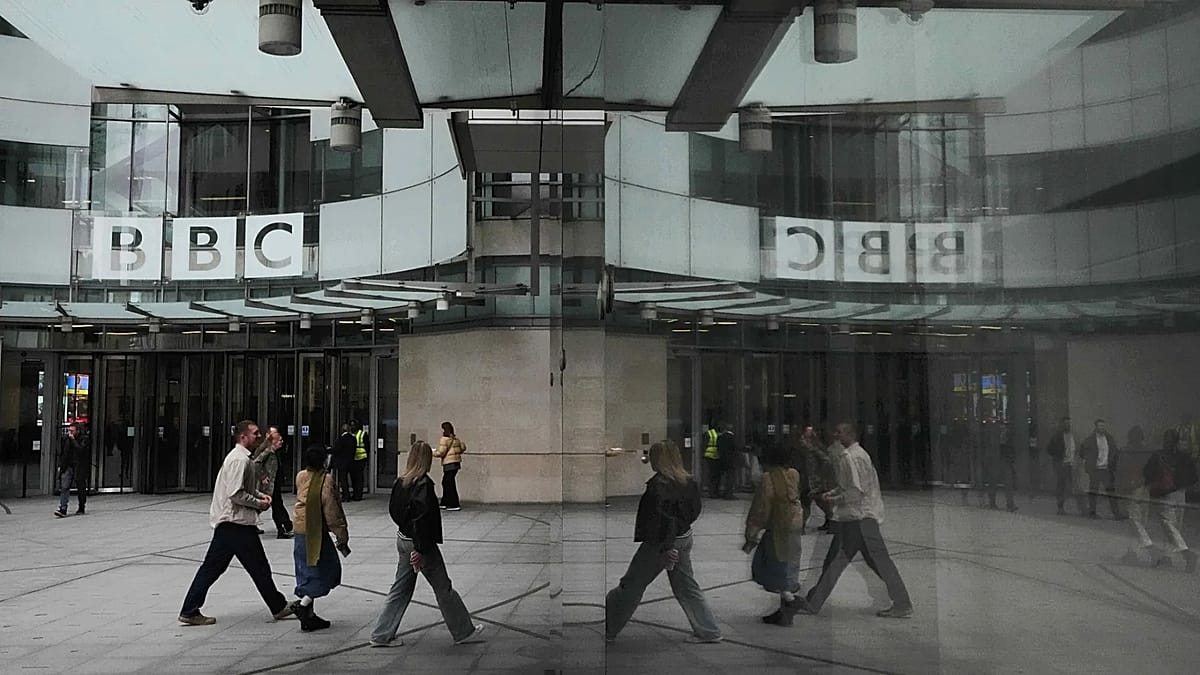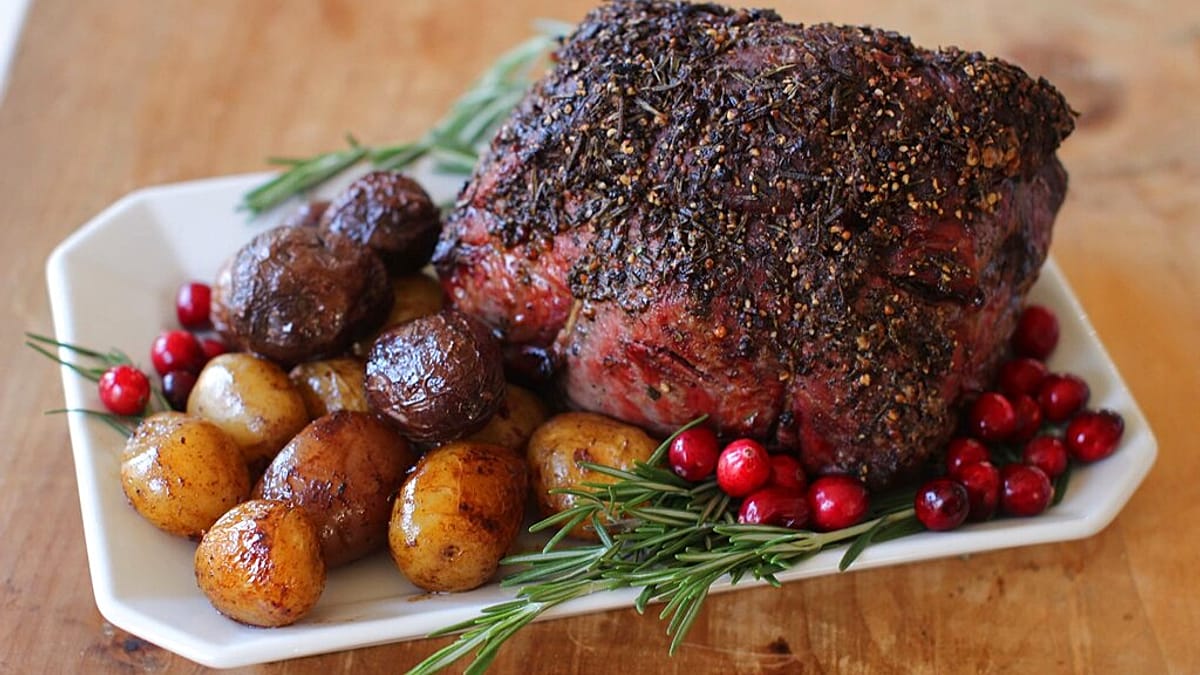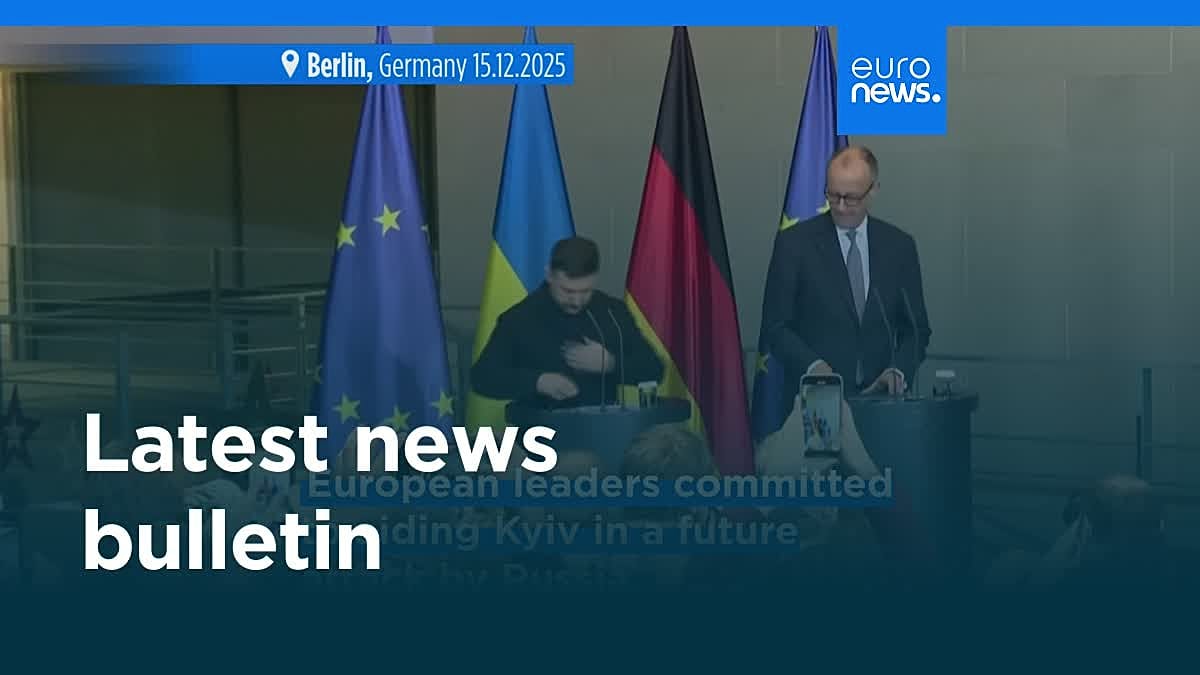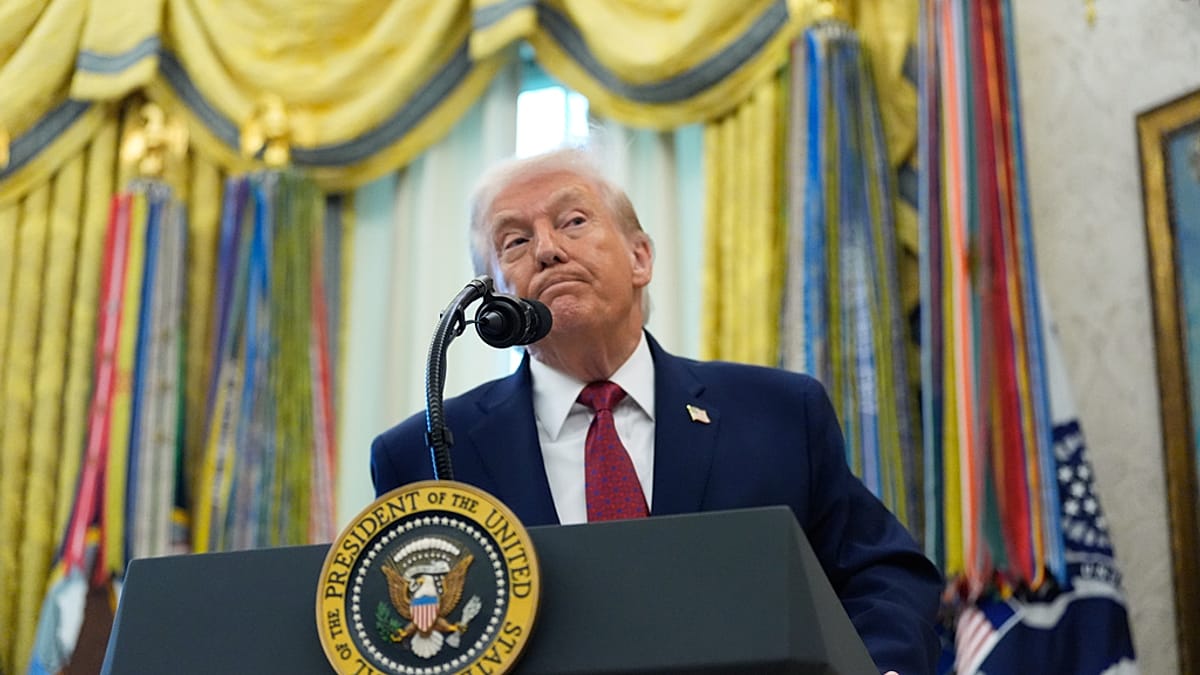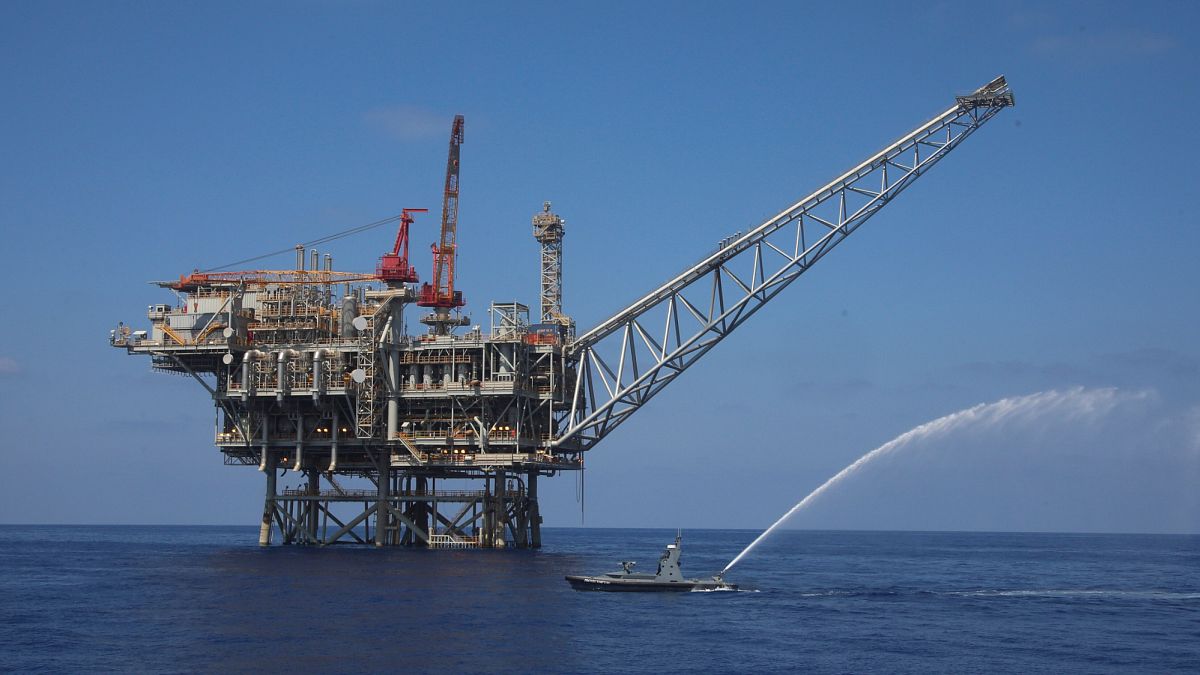US puts the screws to EU over tariffs
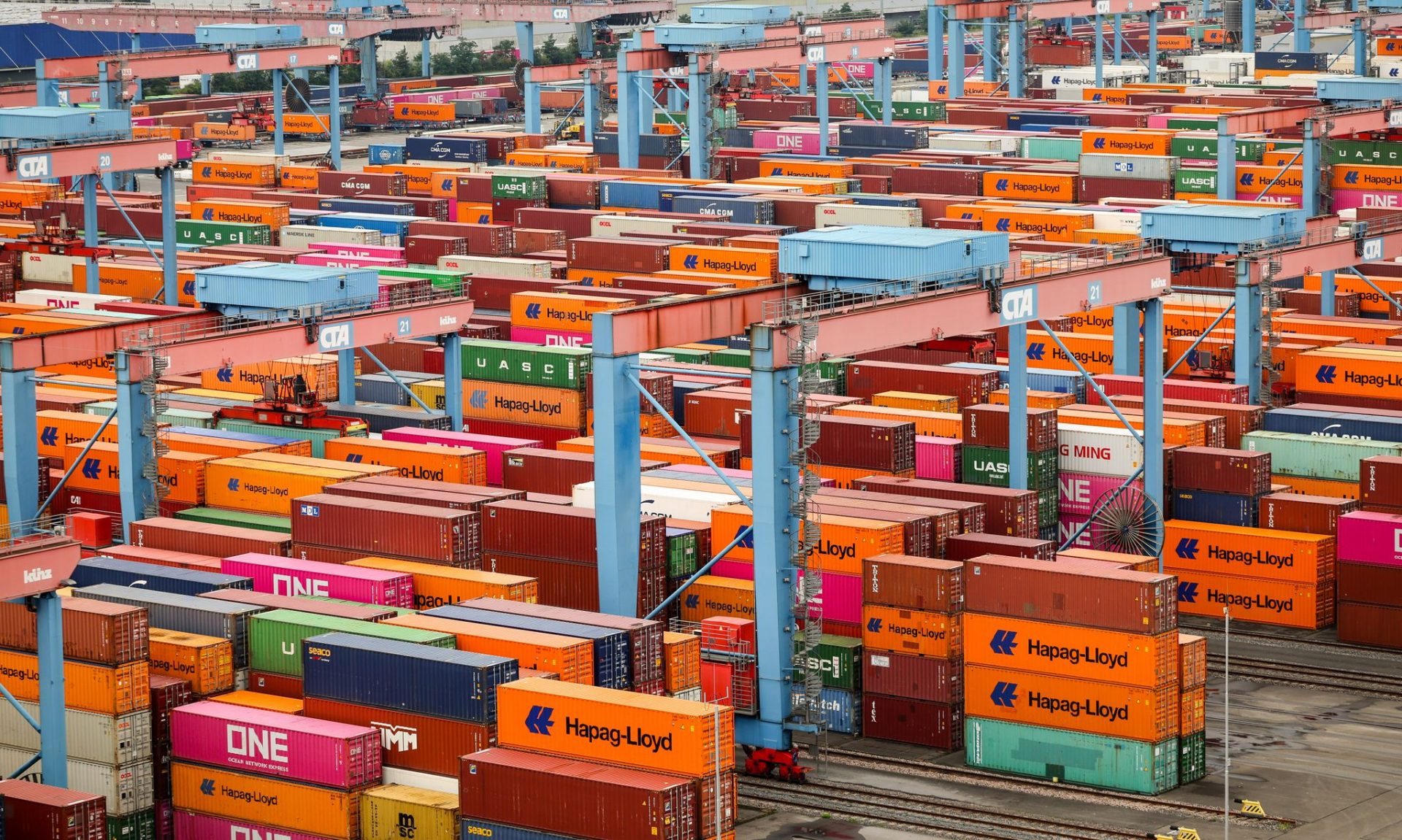
If anyone had hoped that the tariff deal between the European Commission and the United States of America would sort out the matter once and for all and countries and companies were safe in planning ahead, they have been disabused of that notion.
Implementation has been slow and on Monday, US Secretary of Commerce Howard Lutnick and Trade Representative Jamieson Greer met with EU trade ministers for the first time since July.
Aimed at averting an all-out trade war, the deal agreed on a 15-percent US tariff for most EU exports – but both sides continue to push for more concessions and point to unresolved issues.
While the EU wants the US to lower its 50-percent duties on steel and aluminium, Washington is demanding Brussels rolls back green and digital rules it says are harming US firms.
Lutnick linked the two issues explicitly after the meeting, telling the EU to reconsider its approach on tech regulation in exchange for a deal to cut duties on Europe’s steel and aluminium exports.
The agreement also still awaits approval by the European Parliament before further implementation.
What’s the deal?
The deal, agreed on July 25 between Commission President Ursula von der Leyen and US President Donald Trump, would restore “stability and predictability”, the EU said.
Key points agreed were:
- 15 percent tariffs for most EU exports, including cars, semiconductors, pharmaceuticals or lumber;
- Zero, or near-zero tariffs on some important product groups, including unavailable natural resources, aircraft (and parts);
- A joint effort to protect steel and aluminum sectors from unfair and distortive competition;
- Liberalising mutually beneficial trade, reducing non-tariff barriers, and cooperation on economic security;
- EU intention to procure liquefied natural gas, oil and nuclear energy products from the US.
Since then, however, conditions keep changing, often faster than European institutions and governments can keep up.
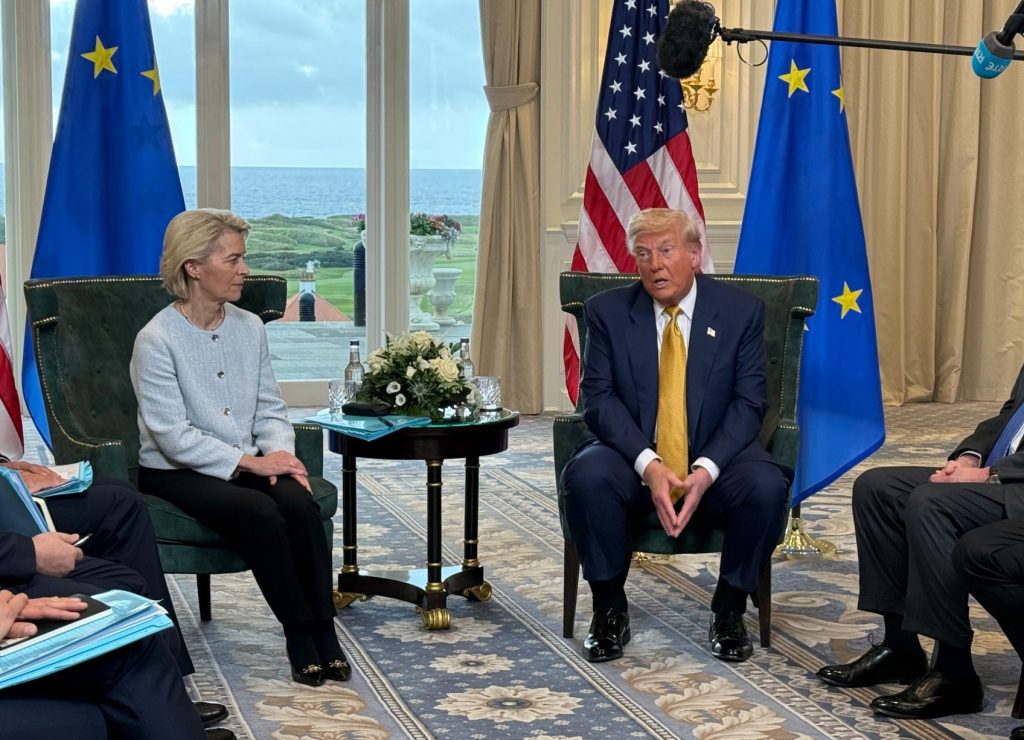
Sticking points
Trump has increased the scope of steel tariffs and they now include things that were not subject to duties back in July. The US in August added 407 product types to a list of items considered steel and aluminium “derivative products” and therefore subject to higher tariffs.
There are also concerns about other prospective tariffs on critical minerals or wind turbines, which could threaten to hollow out the July deal.
The EU made several concessions including the promise to purchase 750 billion Dollar worth of US energy by the end of Trump’s term in January 2029 and other major investments.
European Commissioner for Trade and Economic Security, Maroš Šefčovič, said that the EU was determined to fulfil its commitments and stressed the progress made by the bloc to implement the agreement.
He said that the EU has purchased energy from the US worth 200 billion Dollar. The US share of liquefied natural gas (LNG) imports to the EU has risen from 45 to 60 percent. EU investments in the US had reached over 150 billion Dollar since January.
The commissioner also pointed out that procedures in Europe are slower than in Washington. The two regulations resulting from the EU-US agreement on tariffs, for example, are still awaiting approval by the European Parliament, which is somewhat divided on the issue.
Czech Minister of Industry and Trade Lukáš Vlček said he told the meeting “the problem of the largest trade relationship in the world may not be the amount of certain tariff components, but the non-tariff components”. These are all trade restrictions that are not tariffs, but still affect the flow of goods and services across borders, such as rules based on different regulations, standards or administration.
Digital pressure
A main bone of contention surrounds the tech sector. The US demands that the EU loosens its digital regulations – only then it would be ready to lower the 50 percent import tariffs on steel and aluminum.
“If [ministers] can come up with that balanced approach, which I think they can, then we will – together with them – handle the steel and [aluminium] issues,” Lutnick said after the meeting.
Trump has repeatedly criticised the EU’s digital rules in view of several proceedings brought by the European Commission against US corporations including Google, Amazon, Apple and Microsoft. The Digital Services Act (DSA) and Digital Markets Act (DMA) are particularly contested.
Trump in September threatened retaliatory tariffs in response to a massive 2.95-billion-Euro fine imposed on Google.
“The United States has had significant concerns for many years about the Digital Markets Act and similar legislation in the EU,” said Greer, adding that many times US companies are almost exclusively affected, enforcement is “quite aggressive at times” and fines can be high, he said.
Brussels has so far insisted that it would not allow other countries to dictate its digital legislation – but the tariffs are hurting member states’ economies and there are signs of internal divisions.
German Economy Minister Katherina Reiche on the sidelines of the meeting called for fewer digital rules and greater use of artificial intelligence (AI) in Germany. “Germany has made it clear that we want opportunities to play a role in the digital world and implement AI in our industrial processes,” Reiche said. “Without the implementation of AI models, there will be no bright future,” she said, which is why the German government is advocating for the easing of restrictive regulations at EU level.
Asked after Monday’s talks about whether the EU’s digital rules are a red line, Šefčovič refused to comment.
He noted that Lutnick also met with Commission representatives responsible for the digital agenda. “We want to assure the secretary that our laws are not discriminatory, they are not aimed at American companies.” He added that the Commission was ready to answer this question when the US was ready to talk about the EU’s concerns.

Steel and aluminum
EU exporters of steel, aluminium and products containing these metals are still subject to a 50 percent tariff in the US. Reducing that to 15 percent was a key European goal, Poland’s Deputy Minister of Development, Michał Baranowski, had said ahead of Monday’s meeting.
Although the July agreement and the formal joint statement by the EU and the US in August do not directly refer to steel and aluminium, maintaining tariffs at their current high level was “contrary to at least some of the spirit” of the agreement.
”We realise that we still have a lot of work ahead of us, especially in the area of steel and derivatives, where we are trying to reduce tariffs and jointly address global overcapacity,” Šefčovič said.
Brussels hopes to find some common ground with Washington and see the EU team up with the US to tackle Chinese overcapacity, with Šefčovič pushing his US counterparts to agree on steel import quotas.
“This is a topic that is important for both sides. The world market is overwhelmed with steel and aluminum products and their derivatives. It is a problem that bothers both economies,” Vlček said. “The point is that we can find some common solution, because the real trade opponent here is China, not the United States,” he added.
“We didn’t only discuss bilateral issues, but also some of the challenges we are facing together: the overcapacity (…), China’s role in the global economy and other issues where we have to join forces,” said Danish Foreign Minister Lars Løkke Rasmussen, whose country holds the rotating EU presidency.
In October, the EU moved to double tariffs on foreign steel to shield the industry from a flood of cheap Chinese exports.
Stability and national interests
EU member states are differently affected by the US tariffs, depending on their export sectors.
The Commission is still seeking an exemption from tariffs in the wine and spirits sector, which is also a French priority: Diplomats said EU states were set to finalise a list of sectors they want to exempt from levies that are to include wines and spirits – and potentially pasta, already the subject of tensions between Rome and Washington.
The US Department of Commerce has accused Italian companies in the sector of dumping and imposed a 91.74 percent tariff, adding to the 15 percent already in place, raising the overall duty on the product to nearly 107 percent. The new “super-tariff” could take effect in January 2026, and the sector fears a devastating economic impact.
In the case of Spain, the government defends the need to include more tariff-exempt products on the list, such as olive oil. According to Economy Minister Carlos Cuerpo, the United States only produces 2 percent of the olive oil it consumes, “so it is important for them to have tariff-free access to this product, and it is also beneficial for our producers”.
Portugal views the tariff agreement between the European Union and the US with a mixture of relief and caution – while it helps to avoid protectionist escalation, the government regards free trade and the elimination of tariff barriers the main objective.
Economically, it is estimated that these tariffs could have a negative impact of around 0.15 percentage points on Portuguese GDP in 2026, reflecting concerns about the effects on the national economy.
Poland’s Premier Donald Tusk said back in July that according to preliminary estimates his country stood to lose about 2 billion Euro as a result of the 15-percent tariffs.
Bulgaria’s Economy and Industry Ministry this autumn estimated the direct impact of the tariffs at 468 million Euro, with an additional 158 million Euro in indirect effects. Sectors such as the automotive industry, standardization, and artificial intelligence are particularly affected. Minister Peter Dilov highlighted the indirect losses for the country as a significant part of Bulgarian exports to the EU and the rest of the world is related to intermediate rather than final goods, used by trading partners in their exports to the US.
In November, the CEO of the Bulgarian Association of the Metallurgical Industry, Politimi Paunova stressed that the metallurgical/steel sector is export-oriented and EU trade policy directly affects it.
Much will now depend on how quickly the EU implements all the points of this summer’s joint declaration. “It is really difficult to think about other issues first,” warned Greer, temporarily closing the door on the exemptions requested by the EU (on pasta, wine, and cheese, for example), on which pressure from individual member states remains very high.
This article is an ENR Key Story. The content is based on information published by ENR participating agencies.





















